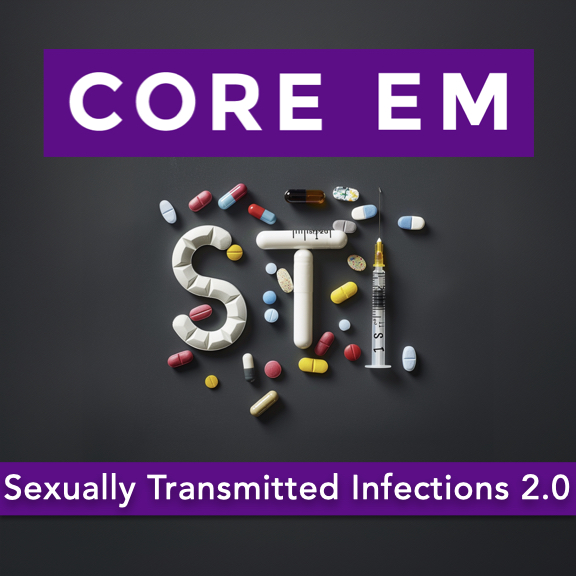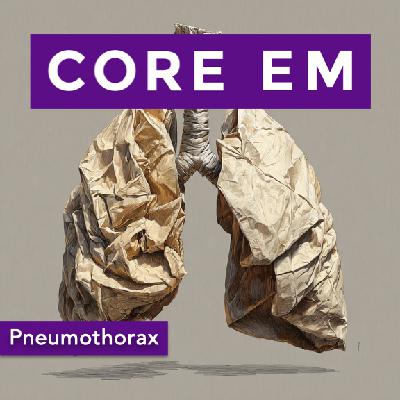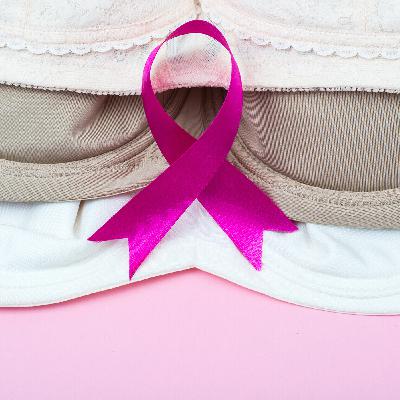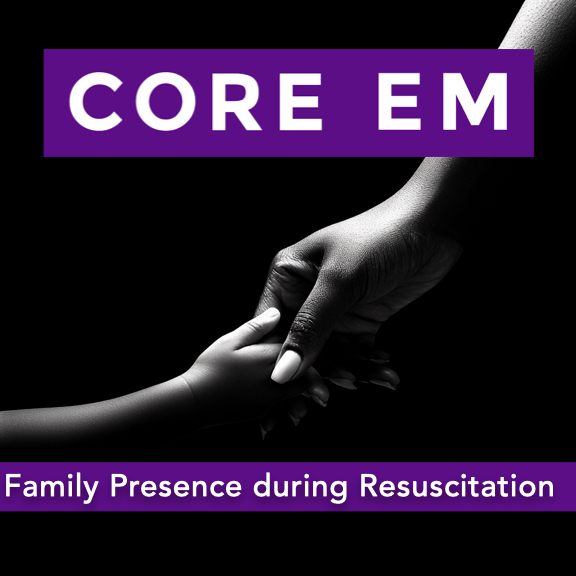Episode 202: Sexually Transmitted Infections 2.0
Update: 2024-11-01
Description
We review Sexually Transmitted Infections and pertinent updates in diagnosis and management.
Hosts:
Avir Mitra, MD
Brian Gilberti, MD
Download
Leave a Comment
Tags: gynecology, Infectious Diseases, Urology
Show Notes
Table of Contents
(1:49 ) Chlamydia
(3:31 ) Gonorrhea
(4:50 ) PID
(6:14 ) Syphilis
(8:08 ) Neurosyphilis
(9:13 ) Tertiary Syphilis
(10:06 ) Trichomoniasis
(11:13 ) Herpes
(12:49 ) HIV
(14:10 ) PEP
(15:13 ) Mycoplasma Genitalium
(18:00 ) Take Home Points
Chlamydia:
- Prevalence:
- Most common STI.
- High percentage of asymptomatic cases (40% to 96%).
- Presentation:
- Urethritis, cervicitis, pelvic inflammatory disease (PID), prostatitis, proctitis, pharyngitis, arthritis.
- Importance of considering extra-genital sites (oral and rectal infections).
- Testing:
- Gold Standard: Nucleic Acid Amplification Test (NAAT) via PCR.
- Sampling Sites:
- Endocervical or urethral swabs preferred over urine samples due to higher sensitivity.
- Triple-site testing (genital, rectal, pharyngeal) recommended for comprehensive detection.
- Treatment Updates:
- Previous Regimen: Azithromycin 1 g orally in a single dose.
- Current First-Line Treatment: Doxycycline 100 mg orally twice daily for 7 days.
- Alternatives:
- Azithromycin remains an option for patients unlikely to adhere to a 7-day regimen or for pregnant patients.
- Note: PID treatment differs and will be discussed separately.
Gonorrhea:
- Presentation:
- Similar to chlamydia; can be asymptomatic.
- Symptoms include urethritis, cervicitis, PID, prostatitis, proctitis, pharyngitis.
- Testing:
- Gold Standard: NAAT.
- Sampling Sites:
- Endocervical swabs are more sensitive than urine samples.
- Triple-site testing is crucial to avoid missing infections.
- Treatment Updates:
- Previous Regimen: Ceftriaxone 250 mg IM plus azithromycin 1 g orally.
- Current Recommendation: Ceftriaxone 500 mg IM single dose.
- Adjusted due to rising azithromycin resistance and updated pharmacokinetic data.
- Co-Infection Considerations:
- High rates of chlamydia and gonorrhea co-infection (20% to 40%).
- CDC recommends empiric treatment for chlamydia when treating gonorrhea to prevent complications like PID and infertility.
Pelvic Inflammatory Disease (PID):
- Etiology:
- Not solely caused by chlamydia and gonorrhea; about 50% of cases involve other pathogens like bacterial vaginosis (BV) organisms and anaerobes.
- Treatment Changes:
- Expanded Coverage Regimen:
- Ceftriaxone 500 mg IM once.
- Doxycycline 100 mg orally twice daily for 14 days.
- Metronidazole 500 mg orally twice daily for 14 days.
- Inclusion of metronidazole addresses anaerobic bacteria contributing to PID.
Syphilis:
- Stages and Presentation:
- Primary Syphilis:
- Painless chancre on genitals.
- Treatment: Penicillin G 2.4 million units IM single dose.
- Secondary Syphilis:
- Rash (often diffuse), mucocutaneous lesions, nonspecific joint pain.
- Treatment: Same as primary syphilis.
- Latent Syphilis:
- Asymptomatic phase; divided into early (<1 year) and late (>1 year).
- Treatment for Late Latent:
- Penicillin G 2.4 million units IM once weekly for 3 weeks.
- Recommended when the timing of infection is unclear.
Neurosyphilis:
- Can occur at any stage.
- Symptoms include visual changes, severe headaches, neurological deficits.
- Diagnosis: Requires lumbar puncture (LP) for confirmation.
- Treatment: Admission for intravenous penicillin G.
Tertiary Syphilis:
- <span st
Comments
In Channel





















